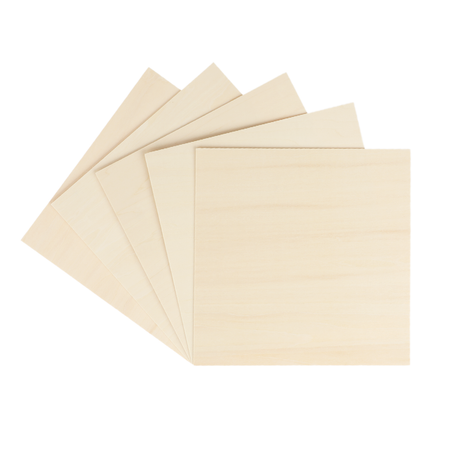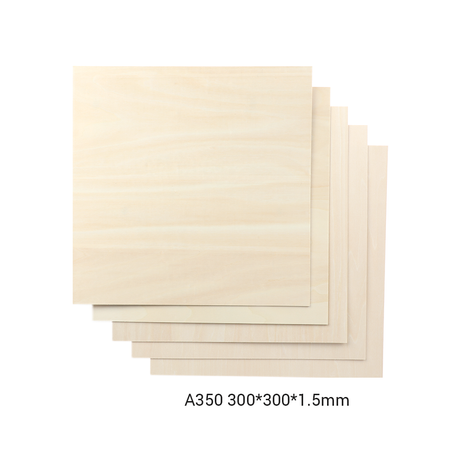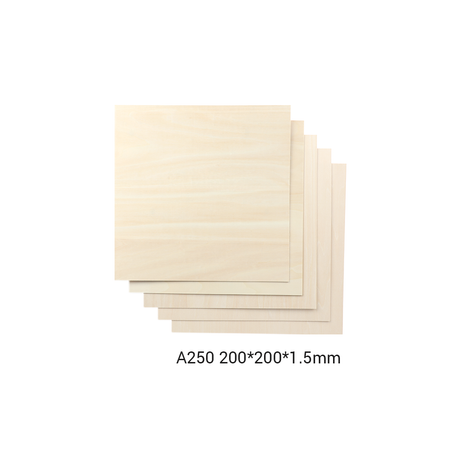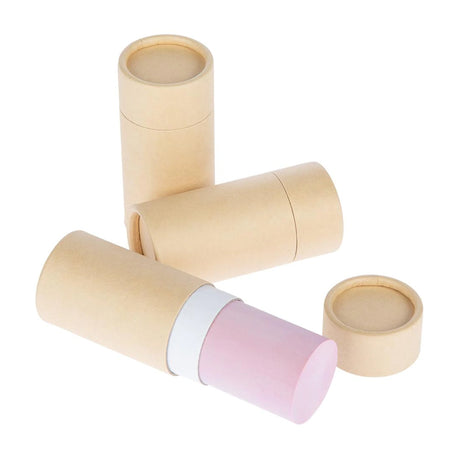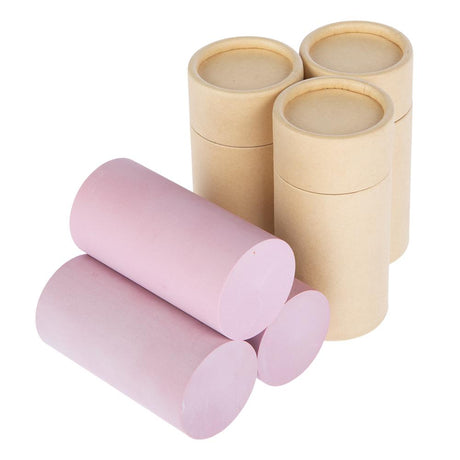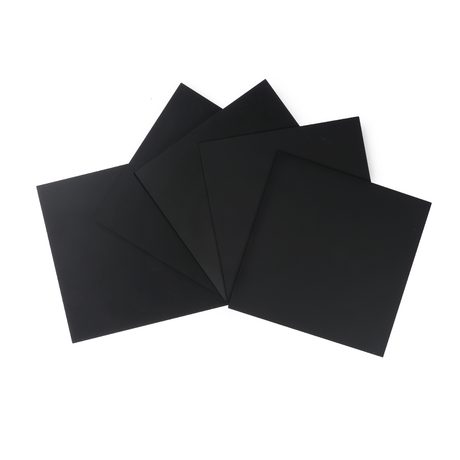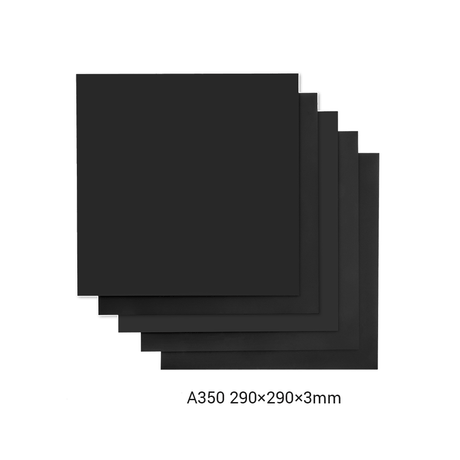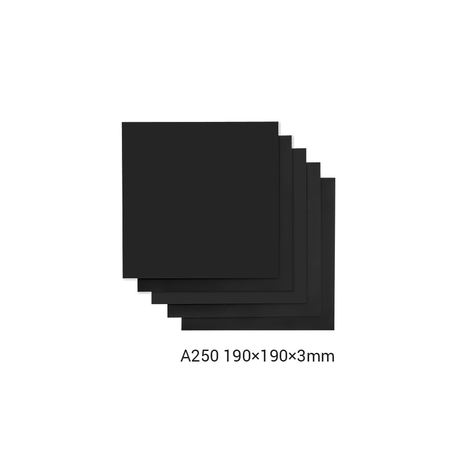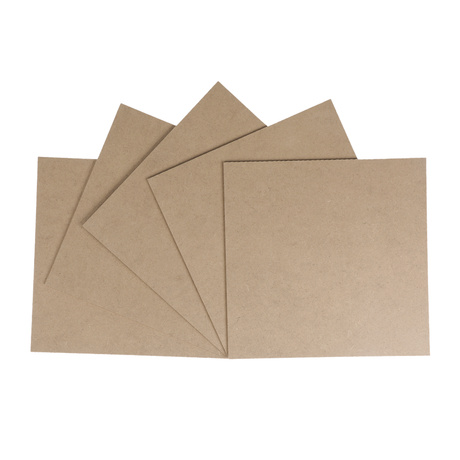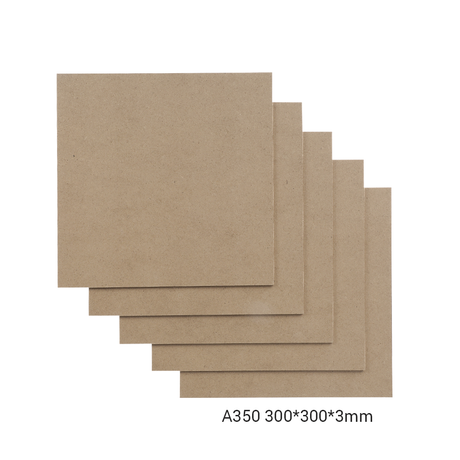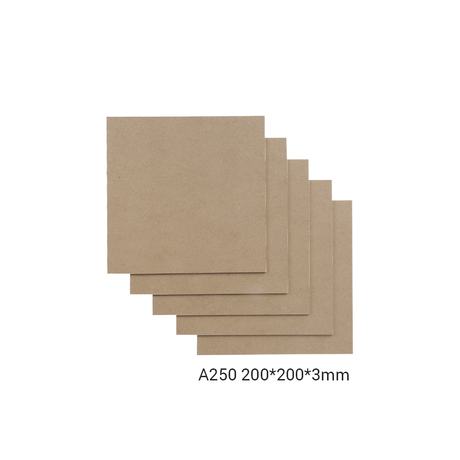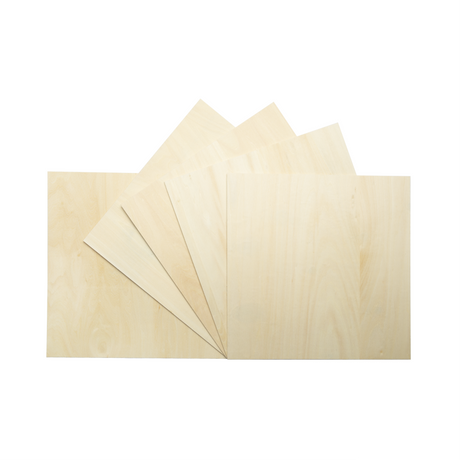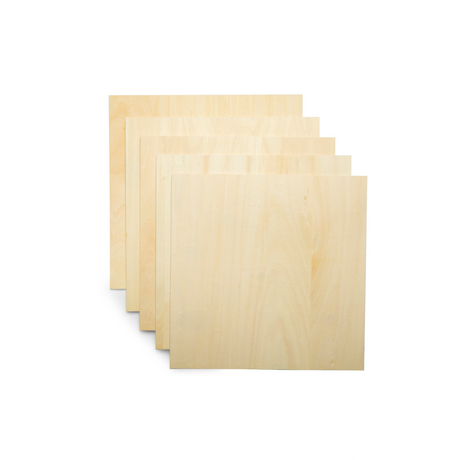FAQs
1. What is the material requirements of the Rotary Module?
Please refer to this chart:.
2. What are the commonly used wood materials for laser engraving and cutting?
Commonly used wood types include:
• Basswood: Softwood with fine grain, good for engraving and cutting.
• Alder: Resinous, provides high contrast for engraving.
• Cherry: Hardwood, smooth for engraving and cutting.
• Plywood: Stable and ideal for laser cutting, but be cautious of glue causing smoke.
• MDF: Smooth and firm, but not ideal for cutting due to resin content.
3. Are there any materials I should avoid using with the Snapmaker Laser Module?
Avoid using materials that are highly reflective (except for 304 stainless steel and anodized aluminum) as they can reflect laser light and increase the risk of fire or damage to the laser module. Additionally, do not use flammable, explosive, or toxic materials that could pose a safety hazard or produce hazardous fumes.
4. Can I use PLA filament for outdoor applications?
No, PLA is biodegradable and not ideal for outdoor use due to:
• UV Degradation: Exposure to sunlight can cause PLA to degrade and lose strength.
• Moisture Absorption: PLA absorbs moisture, leading to brittleness.
For outdoor applications, consider using filaments like ABS or PETG, which offer better UV resistance and durability.
5. What should I do if the first layer of 3D printing materials does not stick to the heated bed?
Try the following methods to improve adhesion:
• Clean the nozzle and bed: Ensure both are free of grease and debris.
• Level the bed: Use the paper test for proper calibration.
• Add a brim and lower the print speed of the first layer: This enhances adhesion for prints with small surfaces.
• Increase bed temperature and the initial layer line width: Raise the bed temperature to around 60°C for PLA.
• (For ABS) Use glue and enclosure: Ensure proper settings and use glue and an enclosure for better results.
• Apply blue tape: A simple and cost-effective way to improve adhesion.
• Replace the heated bed sticker: If all else fails, the sticker may need replacement.
FAQs
1. What is the material requirements of the Rotary Module?
Please refer to this chart:.
2. What are the commonly used wood materials for laser engraving and cutting?
Commonly used wood types include:
• Basswood: Softwood with fine grain, good for engraving and cutting.
• Alder: Resinous, provides high contrast for engraving.
• Cherry: Hardwood, smooth for engraving and cutting.
• Plywood: Stable and ideal for laser cutting, but be cautious of glue causing smoke.
• MDF: Smooth and firm, but not ideal for cutting due to resin content.
3. Are there any materials I should avoid using with the Snapmaker Laser Module?
Avoid using materials that are highly reflective (except for 304 stainless steel and anodized aluminum) as they can reflect laser light and increase the risk of fire or damage to the laser module. Additionally, do not use flammable, explosive, or toxic materials that could pose a safety hazard or produce hazardous fumes.
4. Can I use PLA filament for outdoor applications?
No, PLA is biodegradable and not ideal for outdoor use due to:
• UV Degradation: Exposure to sunlight can cause PLA to degrade and lose strength.
• Moisture Absorption: PLA absorbs moisture, leading to brittleness.
For outdoor applications, consider using filaments like ABS or PETG, which offer better UV resistance and durability.
5. What should I do if the first layer of 3D printing materials does not stick to the heated bed?
Try the following methods to improve adhesion:
• Clean the nozzle and bed: Ensure both are free of grease and debris.
• Level the bed: Use the paper test for proper calibration.
• Add a brim and lower the print speed of the first layer: This enhances adhesion for prints with small surfaces.
• Increase bed temperature and the initial layer line width: Raise the bed temperature to around 60°C for PLA.
• (For ABS) Use glue and enclosure: Ensure proper settings and use glue and an enclosure for better results.
• Apply blue tape: A simple and cost-effective way to improve adhesion.
• Replace the heated bed sticker: If all else fails, the sticker may need replacement.
